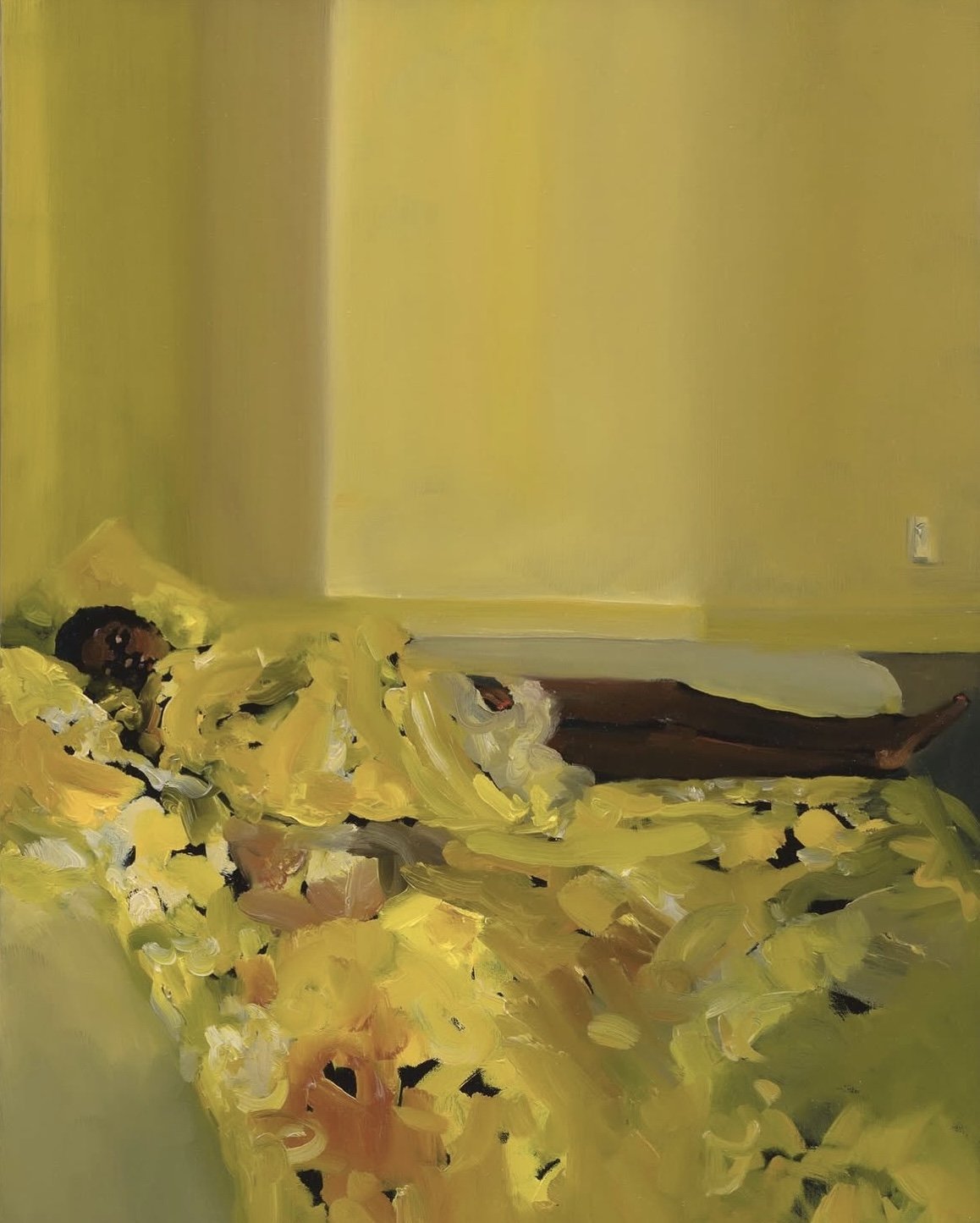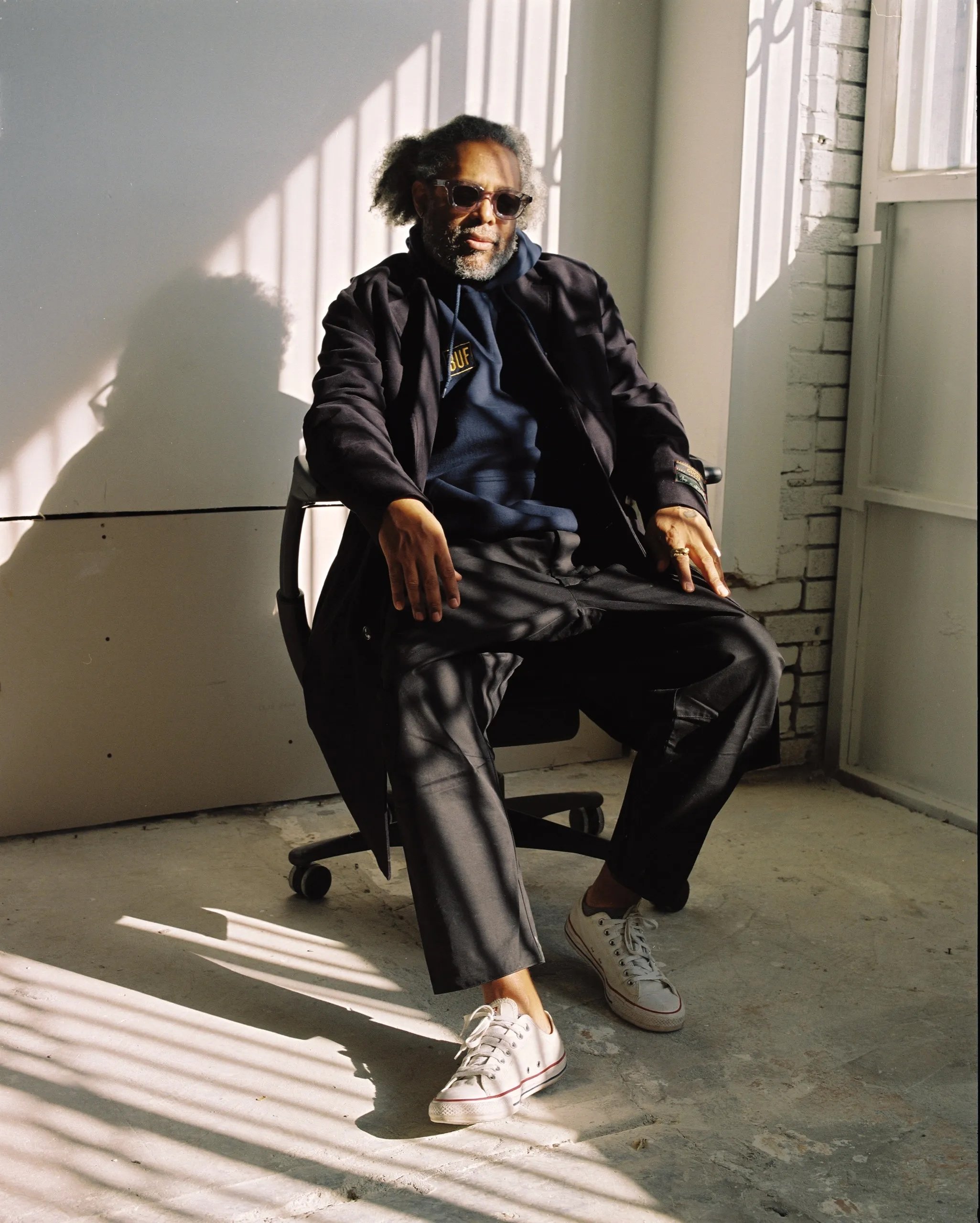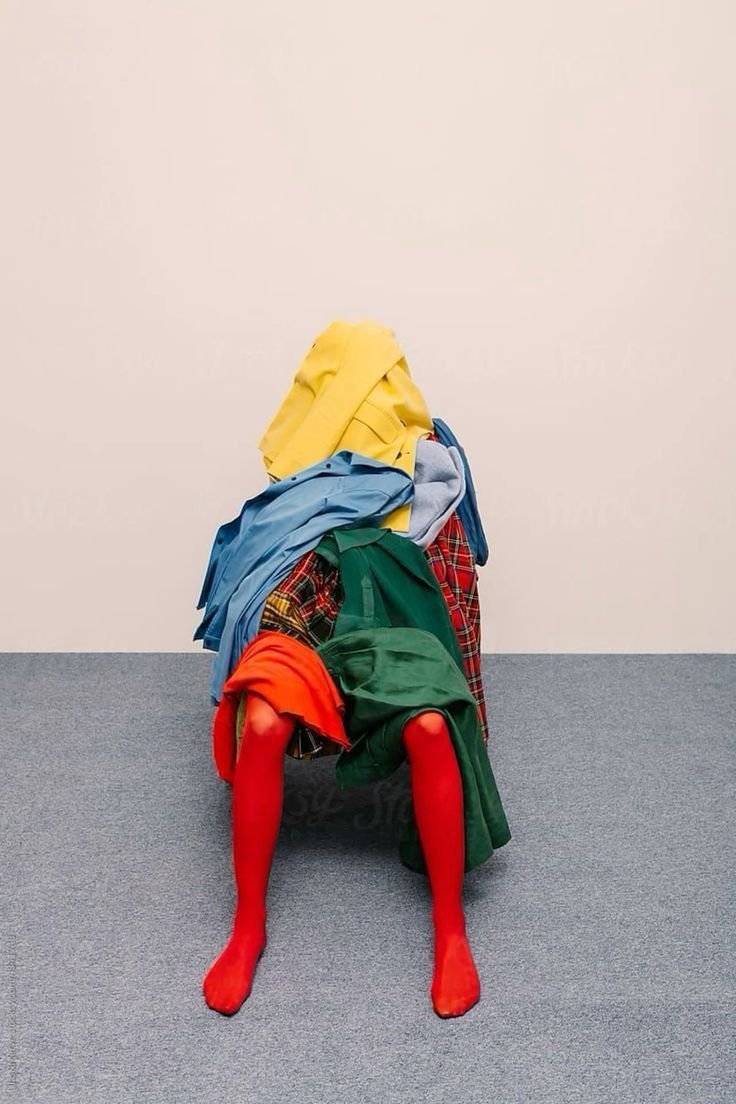3 Photobooks That Capture Black Voices Like No Other
Three books, three perspectives, one story in motion. As We Rise, Afrosurf, and Impossible Island by Henry Froy reinvent the visual storytelling of Black identities to the rest of the world. Blending memory, resistance, and brilliance, these contemporary photographic works capture the soul of a heritage that continues to resonate.
As we Rise: Photography from the Black Atlantic, Aperture
What sets As We Rise apart is its origin. A singular private collection, the Wedge Collection, curated by Canadian dentist-turned-renowned art collector Kenneth Montague. This striking volume brings together over a hundred photographs by Black artists from across the diaspora, spanning the Caribbean, the United States, Africa, and South America.
Through the lenses of Stan Douglas, LaToya Ruby Frazier, Seydou Keïta, and Deana Lawson, As We Rise unpacks themes of identity, beauty, resistance, and self-representation. More than just a photobook, it is a visual manifesto, an evocative tribute to Black voices and lived experiences in all their depth, complexity, and humanity.
« Too often in the larger culture, we see images of Black people in attitudes of despair, pain, or brutal isolation. As We Rise gently refuses that. It is not that people are always in an attitude of celebration—no, that would be a reverse but corresponding falsehood—but rather that they are present as human beings, credible, fully engaged in their world. »
James Barnor, Drum Cover, Erlin Ibrek, 1966
Samuel Fosso, 70's Lifestyle, 1975-78
The visual manifesto As We Rise unveils the images from its eponymous exhibition, each capturing a singular kind of magic. Structured around three central themes—community, identity, and power—the book spotlights both iconic and lesser-known photographs from across the Black Atlantic, traversing time and geography.
From the aspirations of Black couples in 1930s Harlem to life in Brazil’s favelas in the ’80s, every image tells a story of resistance, survival, and joy in the face of adversity. The book also highlights major works from Caribbean photography, including those of Martinican artist Patrick Rambaud, whose striking portraits offer an intimate perspective on Creole culture and Black identity in former French colonies.
With contributions from artists like Afonso Pimenta and Deana Lawson, As We Rise reaffirms the power of visual storytelling—where the everyday becomes radical, essential, and deeply resonant.
Dawit L.Petros, Hadenbes, 2005
As We Rise : Photography from the black Atlantic
Kenneth Montague
Aperture, 2021
2. Afrosurf, Mami Wata
Afrosurf is more than just a book about surfing. It’s a bold redefinition of the narrative. This first 300-page volume is a heartfelt tribute to Africa’s rich surf culture and its often-overlooked history. Created by Selema Masekela and published by the South African brand Mami Wata, it brings together some of Africa’s finest photographers, writers, thinkers, and surfers to explore the vibrant coastal cultures of 18 countries—from Morocco to Somalia, Mozambique, South Africa, and beyond.
Beyond surf culture, there’s a growing fascination with the dynamic subcultures emerging across Africa. From the rise of skateboarding in Southern Africa to the Alte fashion and music movement in West Africa, these creative expressions are capturing global attention—showcasing the diverse and non-stereotypical ways African youth are redefining culture.
Senegal. Photography by Nicole Sweet
« I think people are starting to recognize the richness of niche subcultures in Africa because they represent a new wave of African self-expression. Whether in music, the arts, or any other passion Africans pursue with dedication, these expressions carry a distinct identity, shaped by local influences. Skateboarding in Ghana or Nigeria, for example, will have a completely different feel and aesthetic than in Barcelona or New York. »
Masekela also sees Afrosurf as a challenge to the conventional understanding of surf culture. “There’s this long-standing misconception that surfing is primarily a white, Western pastime, shaped through the lens of Southern California and Australia, with a passing nod to Hawaiians and Polynesians. But that’s an incomplete narrative. This book smashes that notion wide open. As you flip through its pages, you see how indigenous African cultures blend seamlessly with the surfing lifestyle—creating something entirely unique, shaped by the continent’s diverse landscapes and histories.
« For example, contrary to popular belief, surfing was not first documented by Captain Cook’s botanist in Tahiti in 1767. In fact, the first known account of surfing was written during the 1640s in what is now Ghana. »
Blending 200 breathtaking photographs, 14 in-depth stories, and 25 portraits of surfers, Afrosurf challenges conventional surf culture stereotypes while celebrating the spirit and diversity of African surf communities and creating together the first book devoted to surfing in Africa.
The book spotlights inspiring figures like Alice Wesseh, a trailblazer in Liberian surfing, and Cherif Fall, a rising star from Senegal. One of its most striking revelations is the historical discovery that the earliest documented evidence of surfing dates back to Ghana in 1640—challenging the dominant Western perception of surfing as a Californian or Australian phenomenon.
Visually, Afrosurf stands out with a bold and captivating design inspired by African graphic traditions. The colorful cover and striking typography echo the continent's spiritual influences, whether from the Bible, the Quran, or other mystical traditions. Each chapter adopts a unique graphic approach, reflecting the diversity of stories and regions covered.
Among the standout stories is that of Kunyalala Ndlovu, who grew up in Zimbabwe, far from the ocean, and dreamed of understanding the emotion behind Billabong’s slogan: "Only a surfer knows the feeling."
Beyond its cultural and artistic richness, Afrosurf plays a crucial role in rewriting the history of surfing by restoring Africa’s legacy in the sport. This book proves that surfing is not an imported phenomenon but rather a return to its roots—a revival of ancient traditions.
Moreover, the initiative takes on a social dimension by donating all proceeds to surf therapy organizations such as Waves for Change and Surfers Not Street Children. We love the concept. It is a tangible way of affirming that surfing in Africa is alive, influential, and a source of hope for future generations.
Afrosurf
Mami Wata
Ten Speed Press, 2021
3. Impossible island, Henry Roy, Loose Joints
Forty years of images, 113 fragments of a world in suspension… Impossible Island is not just a retrospective—it is a lucid wandering, a feverish journal where exile and belonging intertwine across the globe. Haiti, Dakar, Ibiza, Bangkok, Paris… Places fade and overlap, horizons shift.
A travel book where time dissolves, fractures, and is reborn anew. The french Haitian artist Henry Roy does not merely photograph—he inhabits, he exorcises.
Influenced by the Nouvelle Vague, creolization, and Haitian Spiralism, Henry Roy transforms the everyday into a mystical realm, where everything becomes ritual, where every detail—a breath, a gesture, an absence—carries a sense of eternity.
Roy does not frame; he fractures perspectives, opening fissures. Each image is a rupture where the visible wavers, and the invisible emerges.
Impossible Island is not merely flipped through—it is breathed in, absorbed. This book is a drifting island, a fragmented memory, a silent cry stretching between dream and the raw intensity of reality. Nothing is fixed. Everything is passage, everything is fire, everything is mirage.
Impossible Islands (from 1983-2023)
Henry Roy
Loose Joints, 2025










































































